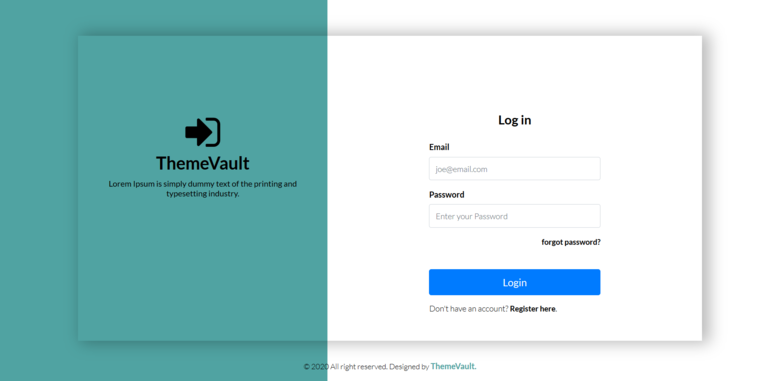

- #Html responsive design tutorial how to
- #Html responsive design tutorial android
- #Html responsive design tutorial code
- #Html responsive design tutorial professional
To create a custom responsive design CSS stylesheet in WordPress, firstly we have to add an empty CSS file to our theme folder. Creating a custom responsive design CSS stylesheet in WordPress In our responsive design tutorial, we’ll stick to the 4 breakpoints model and use 1365px as the highest responsive breaking point. Note: Since FullHD monitors become a standard display and 4K monitors are becoming more and more popular, in some cases it might be necessary to add one more range to cover those resolutions.
#Html responsive design tutorial android


#Html responsive design tutorial how to
In our example we’ll show you how to create a 4 breakpoints responsive stylesheet. Some specific websites could use more or less responsive breakpoints. older monitors and tablets in landscape orientation.The most common practice is to use 4 breakpoints to cover all screen sizes: To be more precise, screen widths measured in pixels are used as responsive breakpoints. Responsive breakpoints are screen resolutions at which some CSS styles of a HTML element change. adding custom HTML elements or sections to the theme.modifying default sizes of theme elements.Most common cases when WordPress themes could visually break: The best practice would be to add a custom CSS stylesheet that covers all responsive breakpoints.
#Html responsive design tutorial code
That’s when you need to add some CSS code that will fix the breakage on all devices. It can happen on the desktop site, mobile site or in most cases on both. But as soon as you start modifying the theme structure or adding own custom HTML elements, the visual appearance could break. Everything will look perfect on all devices, as long as you stick to the theme’s original design without modifying anything. Responsive design in WordPress themesĪs mentioned in the introduction, we can assume that all WordPress themes are responsive nowadays. To maintain the perfect visual appearance on all devices we suggest you use at least 4 responsive breakpoints. Either if you are building a website from scratch or modifying the structure of a WordPress theme, more or less responsive fixes will be needed. Even though all modern WordPress themes use responsive design by default, in some cases additional responsive adjustments are necessary. That's not particularly responsive, so let's change that to 70 percent instead. Let's say you have a very simple website, like this:Īs you can see from the GIF below, our image will by default have a fixed width: In this article, we'll start with the percentage unit %, and then we'll look at the rem unit in the final section. This is handy because it allows, for example, the width of an image to be based on the width of the browser. These are units that get their value from some other external value.
#Html responsive design tutorial professional
If you want to dive deeper into the subject afterward, you can check out our responsive web developer bootcamp on Scrimba, which will enable you to build responsive websites on a professional level.īut for now, let's start with the basics! Relative CSS unitsĪt the core of responsive web design are relative CSS units. This obviously isn't enough to learn it properly, but it will give you an overview of the most important concepts, which I personally define as these: In this article, I'll teach you as many responsive design techniques as I possibly can in five minutes.


 0 kommentar(er)
0 kommentar(er)
